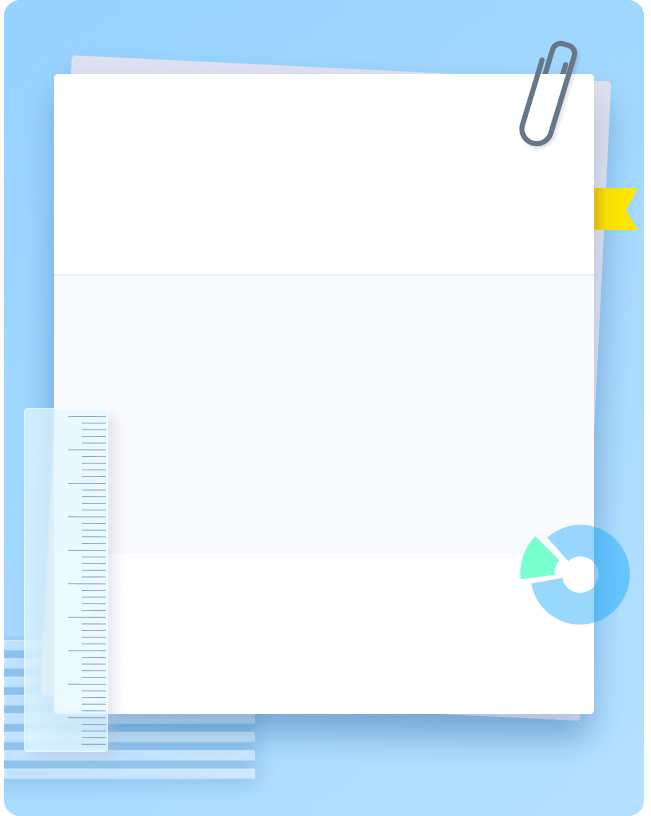How does the sun affect our tides?
Sun and Moon makes tides.
In simple terms, the effect of gravity is directly proportional to mass and inversely proportional to distance. The Sun is more massive than the Moon, but its effect on Earth tides is less than that of the Moon because of its distance from the planet. The ratio of the Moon to the Sun on tides is 7/3.
By signing up, you agree to our Terms of Service and Privacy Policy
The gravitational pull of the sun, combined with the moon's gravitational pull, influences the Earth's tides. When the sun, moon, and Earth are aligned, during full or new moon phases, their gravitational forces reinforce each other, leading to higher high tides and lower low tides, known as spring tides. When they are at right angles to each other, during the first and last quarter moon phases, their gravitational forces partially cancel each other out, resulting in lower high tides and higher low tides, known as neap tides.
By signing up, you agree to our Terms of Service and Privacy Policy
When evaluating a one-sided limit, you need to be careful when a quantity is approaching zero since its sign is different depending on which way it is approaching zero from. Let us look at some examples.
When evaluating a one-sided limit, you need to be careful when a quantity is approaching zero since its sign is different depending on which way it is approaching zero from. Let us look at some examples.
When evaluating a one-sided limit, you need to be careful when a quantity is approaching zero since its sign is different depending on which way it is approaching zero from. Let us look at some examples.
When evaluating a one-sided limit, you need to be careful when a quantity is approaching zero since its sign is different depending on which way it is approaching zero from. Let us look at some examples.

- 98% accuracy study help
- Covers math, physics, chemistry, biology, and more
- Step-by-step, in-depth guides
- Readily available 24/7
 Levi Alexander
Levi Alexander Nova Adams
Nova Adams